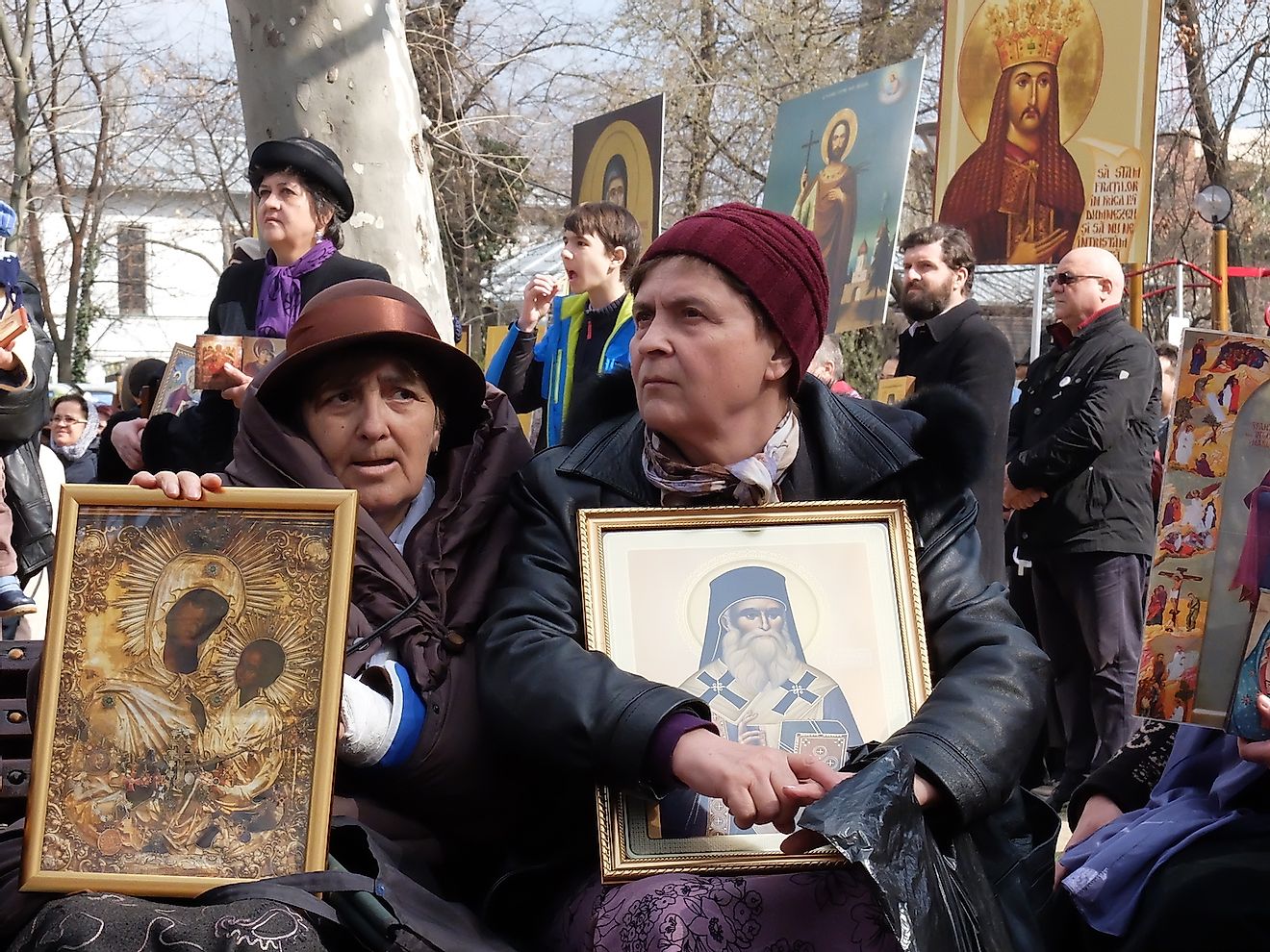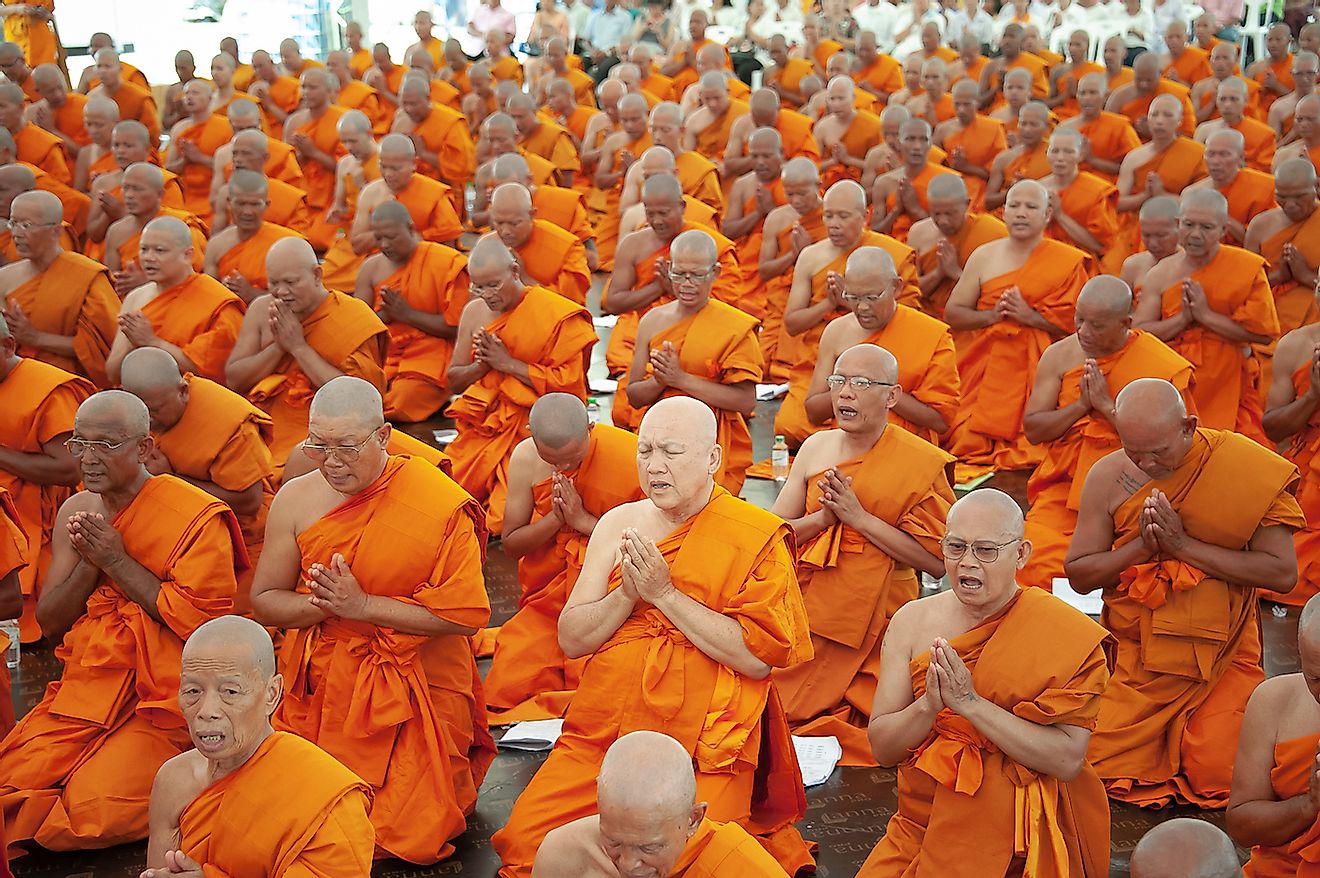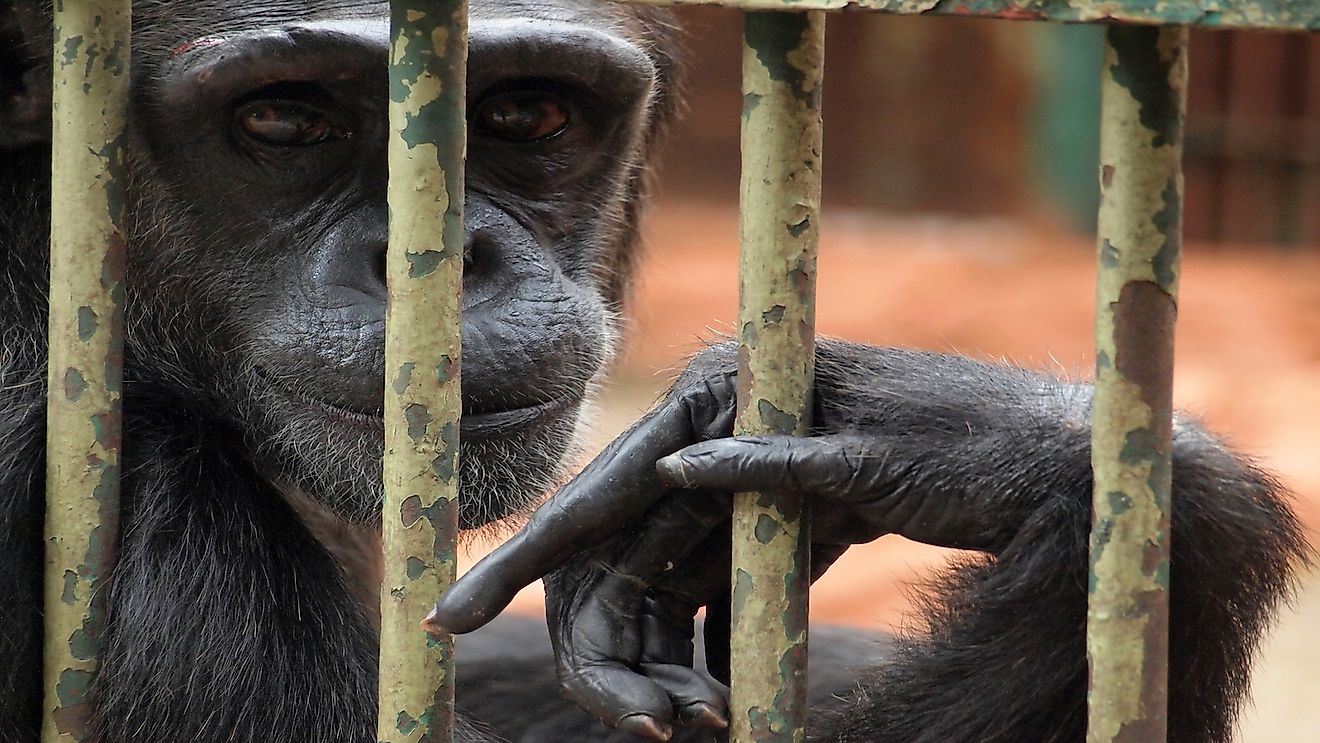10 Famous Circus Performers of the 20th Century
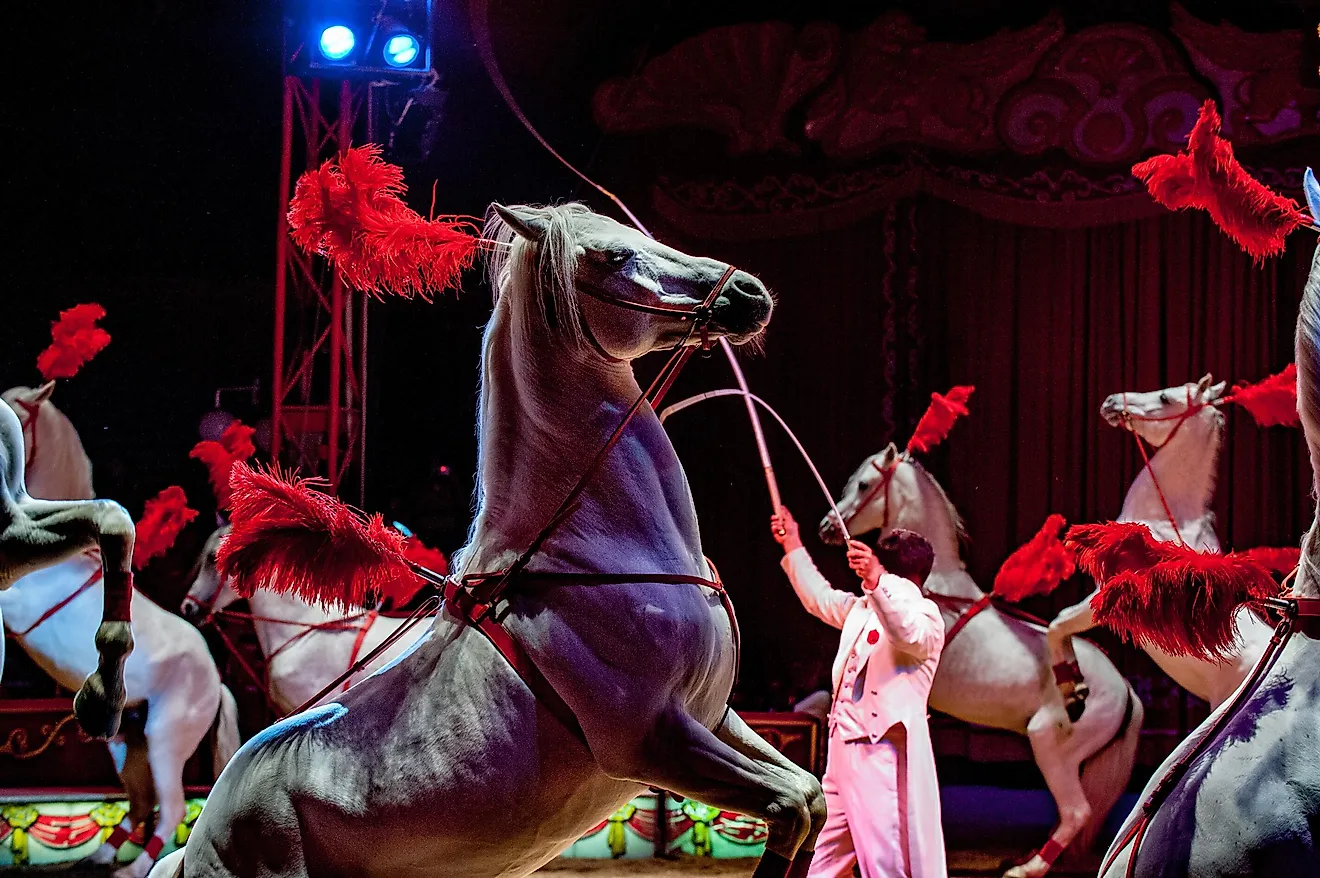
The vital circus arts of the 20th century were parades, acrobatics, shows of skill, equestrian shows, clowns, wild animal acts, and musical performances. The freak shows which were popular in previous centuries slowly faded into the background. The circus families, however, continued their long history of art and their never-ending journeys across the world.
Lillian Leitzel
The early 20th century is called the Golden Age of circus, and one of its crown jewels was Lillian Leitzel, a German-born aerialist. Her unique act was a combination of stunts and acrobatic tricks performed on the Roman rings 50 feet above the arena. For her grand finale, she pinwheeled on a rope, spinning head over heels while holding onto the ring with one hand. She could pivot so rapidly that her arm was dislocating and snapping back into the shoulder socket with each turn.
The Wallendas
In 1922, Karl Wallenda created the Great Wallendas, a daredevil group who performed acts of skill on high-wire, bicycles, and human pyramids. Soon enough, they got a new name: during their performance in Ohio, the group fell from wire and were saved by the grace of luck. A reporter later said, "The Wallendas fell so gracefully that it seemed as if they were flying." Since that moment, the group became Flying Wallendas.
The Schumanns
The Danish Schumann family, who created their first circus in 1914, were the world-famous equestrian performers. They brought both the high-school riding and the liberty-horse acts to the next level. The Royal Families of Sweden and Denmark always attended the Schumanns' opening nights in Stockholm or Copenhagen. In London, Queen Elizabeth II never missed their performances, always visiting the stables after the shows.
Paulina Schumann
Paulina deserves a special mention: she started as an acrobat and variety dancer, became an equestrian circus legend. Utilizing her prior experiences, she completely renewed the conservative concept of circus horse presentation in the '50s and '60s by adding advanced choreography, staging, and design aesthetics. She brought sophistication in lighting, music, and thematic performances in costumes.
Con Colleano
The Australian-born Con Colleano, known as "The Wizard of the Wire" or "The Toreador of the Wire," was one of the most highly paid and continuously rewarded circus performers of his time. He set a record as the first somersault on a tightrope. His outstanding acrobatic skills, combined with the charm of the Spanish cadence and toreador moves performed on the wire, kept the American audiences thrilled from 1925 to his retirement in 1959.
Oleg Popov
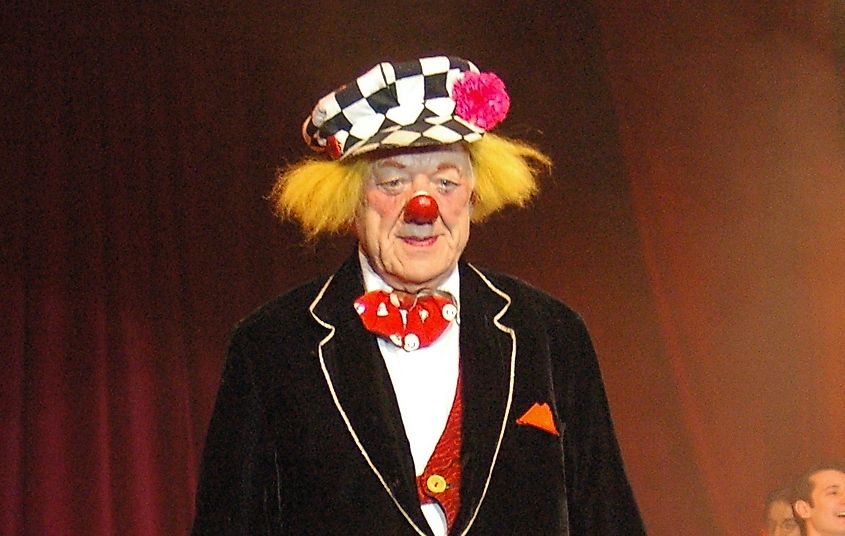
The Russian clown Oleg Popov became famous in both Europe and the US by his Auguste-styled performances with the Moscow Circus. Wearing a minimum of makeup and a slightly unconventional wardrobe, he brought the laughter to the audience by his comedian acting as a Moscovite streetwise character who is forever trying to mimic the legitimate performers.
Mabel Stark
Marvelous Mabel Stark was the leading female big cats trainer and performer Ringling's world starting the 1920s. Mabel was known for her resilience and fearlessness: in 1928, she slipped at the arena, and two of her tigers attacked her, leading to severe injuries. She needed almost 400 stitches and several weeks in bandages but was back to the ring right after. She spent 57 years in the lights of the arena.
Clyde Beatty
An American cat trainer who remained popular for over 45 years, once performed with over 40 "black-maned African lions and Royal Bengal tigers". He used the noise of the whip and shots fired from the blank gun, following the American cat shows tradition of scaring and beating animals into submission as a representation of human dominance. That approach, however, sped up the fading of the tradition's glory: public sentiment was shifting towards compassion to the circus animals over the thrill of subjugating them. By the end of the 20th century, cruelty-free circuses such as Cirque du Soleil and Cavalia largely outgrew traditional ones in popularity.
David Larible
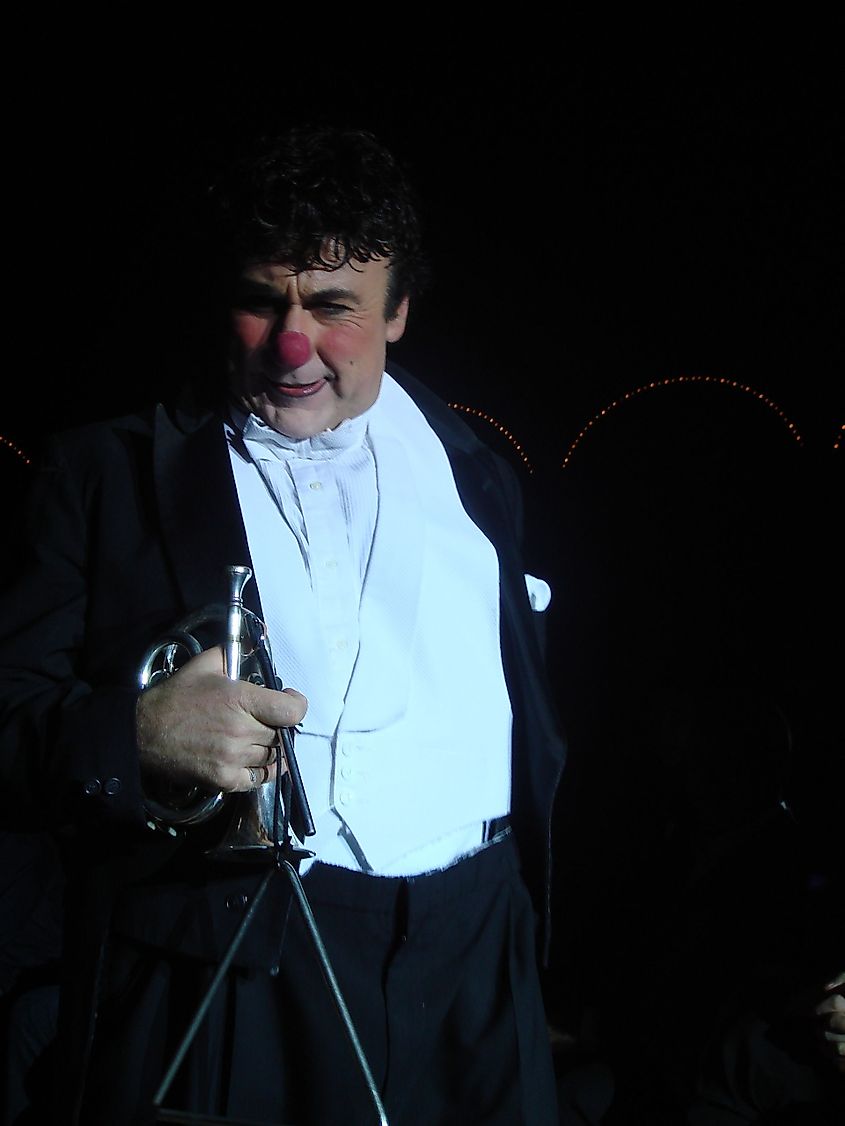
A famous clown, who descends from seven generations of Italian circus performers, is one of the most celebrated modern clowns. He was using pantomime and audience interaction to create an engaging comedy act without traditional clown costumes or makeup.
The Flying Cranes
Eastern Europeans performers were especially celebrated for acrobatics and tumbling. "The Flying Cranes" was a dramatic show with trapeze and various acrobatic devices telling a story of fallen Russian war heroes. As heroes' souls ascend, they “turn into white cranes”: the acrobats fly through the air in white costumes, highlighted by theatrical lighting, effects, and dramatic music.
